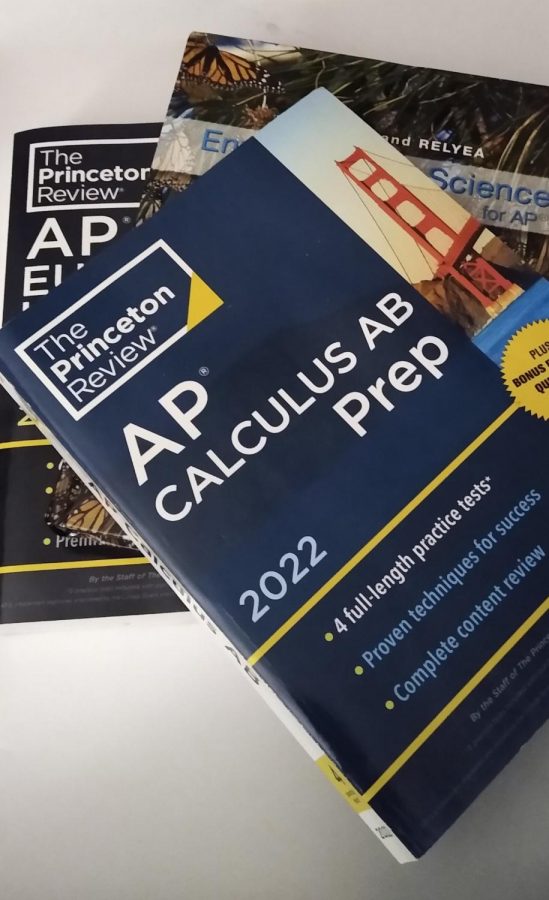Recent Data Shows Increased Participation in HHS AP Classes
December 21, 2021
The percentage of students taking Advanced Placement classes of the total students of the junior and senior classes increased from 69% in 2017 to 79% in 2021, according to a new report from Ms. Melissa Szymanski, assistant superintendent for curriculum and instruction, and Ms. Jeanette Kocur, the director of counseling.
The cause of this sudden uptick is unclear. Ms. Szymanski said, “We can’t generalize to say that there was more interest overall in AP classes,” although Ms. Kocur noted that more students overall are enrolling in AP Macroeconomics and AP Microeconomics.
Dr. William McKersie, the superintendent of the Hastings UFSD, acknowledged that the College Board, the company that produces AP classes, is “pushing for more and more AP exams.” The increase in interest in these AP classes is clearly bolstering the College Board, but Dr. McKersie does not think the classes are bad in themselves. “As far as teachers (are) ‘teaching for a test,’ the AP format is excellent to ‘teach to.'” Dr. McKersie was pleased in the greater diversity of students opting for these challenging classes.
Ms. Kocur also sees the increase as positive, and data from around the country also suggests that AP classes improve performance in college. A 2015 report from the College Board comprising data from 165,558 students found that students who had taken AP classes in high school had a 58% graduation rate in college, compared to 38% for students who did not take APs.
However, Dr. McKersie intends to monitor the increase closely. “Back at Cleveland Heights-University Heights High School, where I used to work, there was an ‘AP culture’ with ‘AP families.’ It was unhealthy. In Hastings, we should push for APs for the right reasons.”
Ms. Szymanski also believes the school should “find a balance between academic rigor and wellbeing.”
To make sure the situation does not become problematic, Ms. Kocur reported that she and the counseling department guide students to take classes that suit their needs. “We look at students’ whole schedules to make sure they are taking on healthy challenges. Some students can handle the pressure.”
Notably, the number of AP exams taken per AP student actually decreased slightly the past year, from 2.22 exams per student in 2017 to 1.96 exams in 2021. More students are taking APs, but those who take APs are not necessarily taking more exams.
The increase in AP classes might spell a victory for the College Board, but could it also improve the education of the Hastings High Schools student body?


















